The Best Heliotrope Companion Plants For A Fragrant And Colorful Garden
The Best Heliotrope Companion Plants for a Fragrant and Colorful Garden
Heliotrope is a beautiful and fragrant annual plant that is a popular choice for gardens in warm climates. It is known for its sweet, vanilla scent, which is especially strong in the evening. Heliotrope can be grown in beds, borders, or containers, and it makes an excellent addition to any fragrant garden.
One of the best things about heliotrope is that it is very easy to care for. It prefers full sun and well-drained soil, and it is fairly drought-tolerant. Heliotrope does not require a lot of fertilizer, and it is generally pest- and disease-free.
If you are looking to add some fragrance and color to your garden, heliotrope is a great option. But what are the best companion plants for heliotrope? Here are a few suggestions:
- Nicotiana. Nicotiana is another fragrant annual plant that is a good companion for heliotrope. It has white, pink, or purple flowers that bloom in the evening, and it has a similar sweet scent to heliotrope.

- Lavender. Lavender is a classic companion plant for heliotrope. It has beautiful purple flowers that bloom in the summer, and it is also known for its sweet scent. Lavender can help to repel pests, and it can also help to attract pollinators.
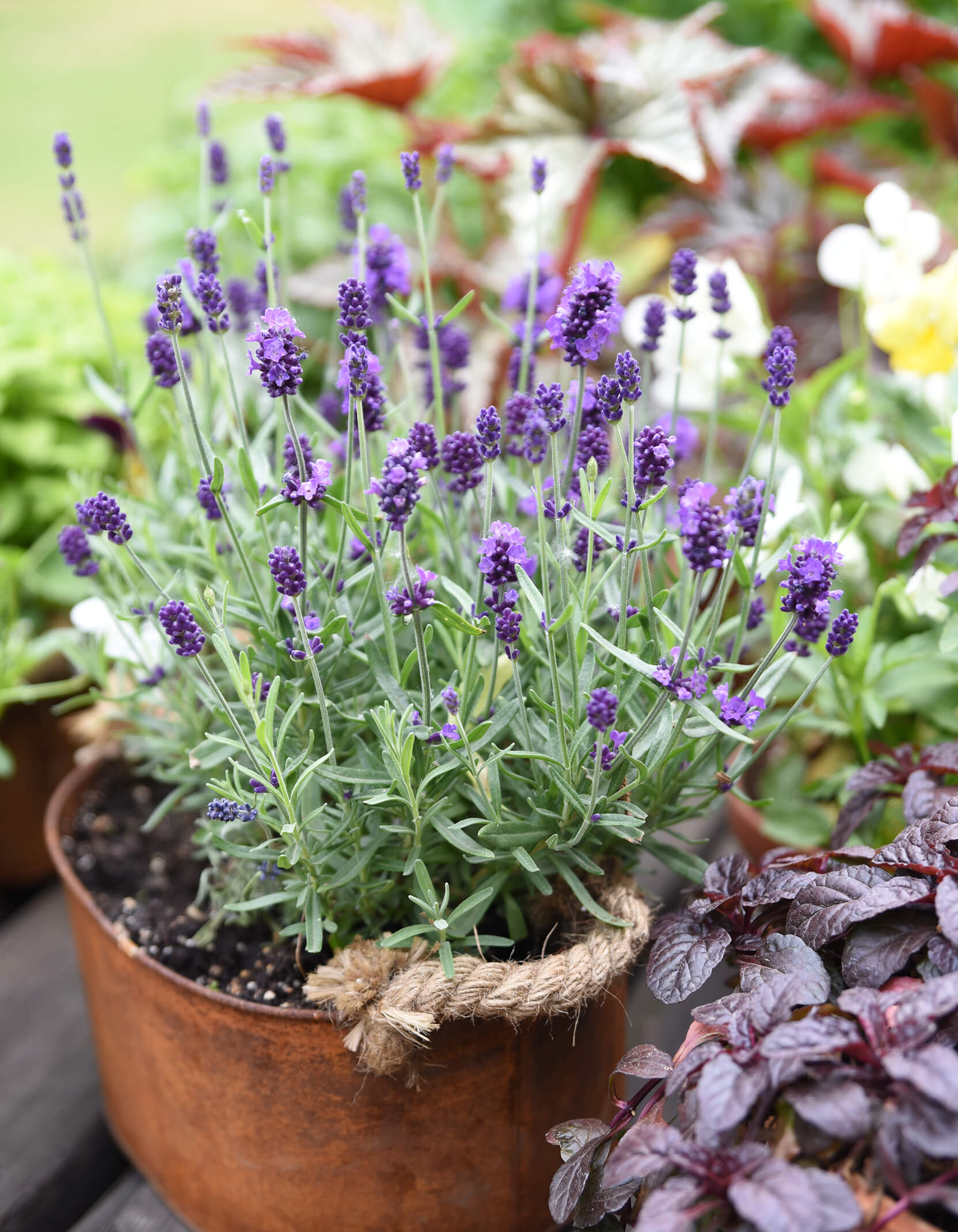
- Sweet alyssum. Sweet alyssum is a low-growing annual plant that has small, white flowers. It is very fragrant, and it can help to fill in the spaces around heliotrope plants.
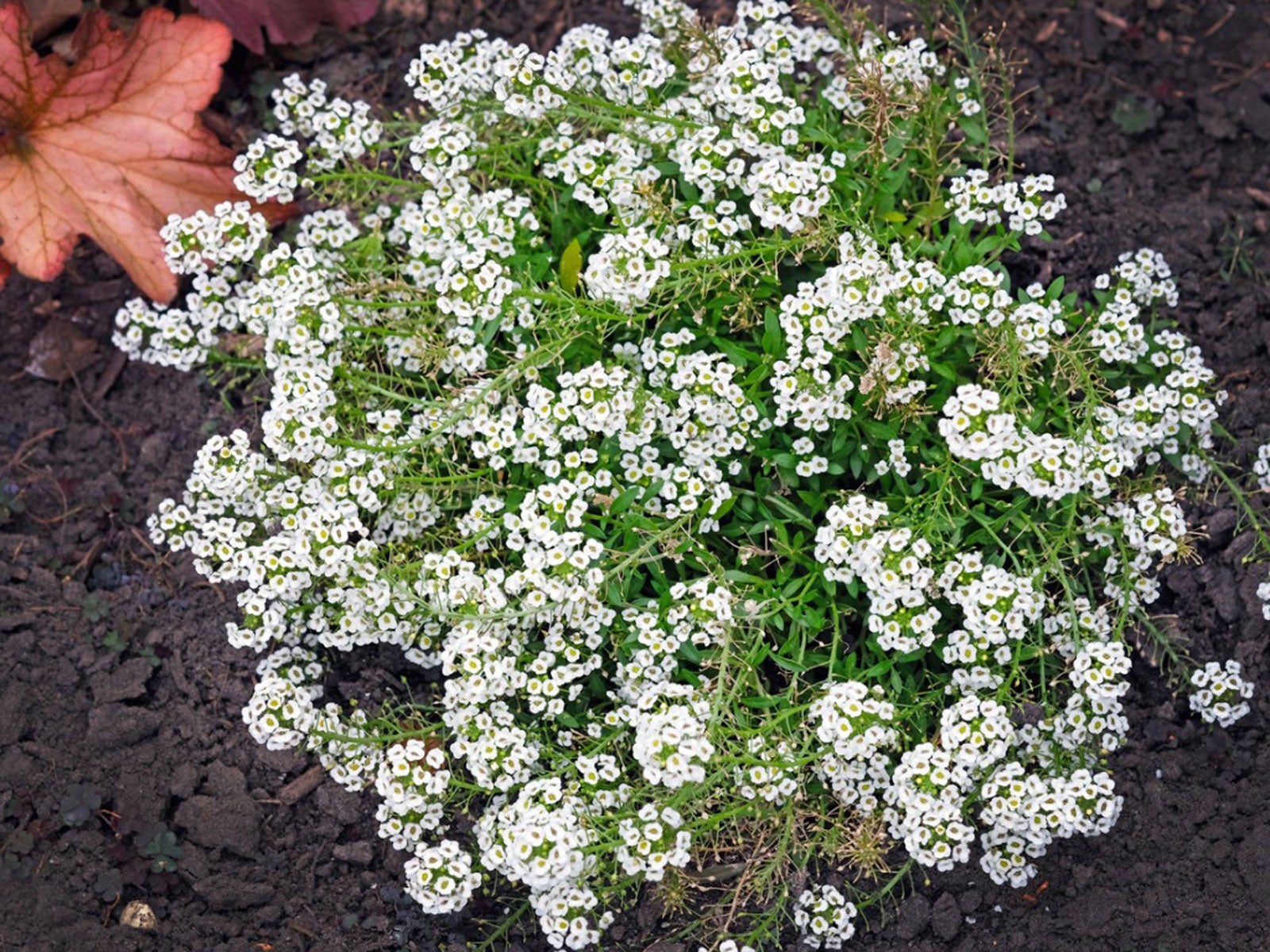
- Dusty miller. Dusty miller is a silver-leaved annual plant that is a good contrast to the dark green leaves of heliotrope. It is also drought-tolerant, so it can help to fill in the spaces around heliotrope plants during the hot summer months.
- Zinnia. Zinnias are colorful annual flowers that can add a pop of color to any garden. They are also relatively easy to care for, and they can help to attract pollinators.
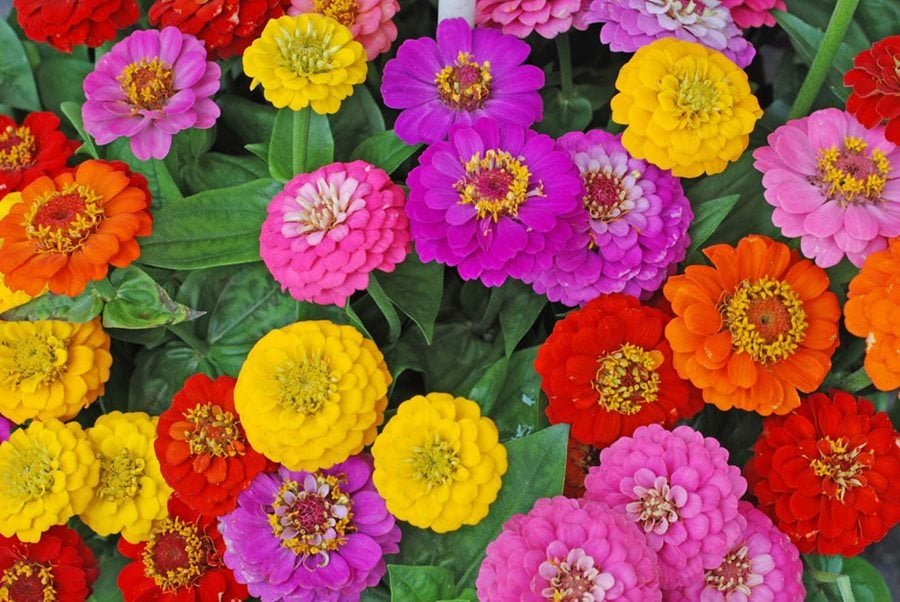
These are just a few of the many companion plants that you can grow with heliotrope. When choosing companion plants, it is important to consider the plants' growing conditions, their flowering times, and their colors. By carefully selecting your companion plants, you can create a beautiful and fragrant garden that will attract pollinators and keep you enjoying the sweet scent of heliotrope all summer long.
Heliotrope is a beautiful and fragrant annual that is perfect for adding color and scent to your garden. But did you know that there are certain companion plants that can help to enhance the beauty and health of your heliotrope?
Some of the best companion plants for heliotrope include:
- African daisy (Osteospermum): This daisy-like plant has similar growing requirements to heliotrope and will help to attract pollinators to your garden.
- Angelonia (Angelonia grandiflora): This plant has beautiful, trumpet-shaped flowers that will complement the purple or pink blooms of heliotrope.
- Floss flower (Ageratum houstonianum): This low-growing plant has delicate blue or white flowers that will add a touch of lightness to your garden.
- Geranium (Pelargonium): This fragrant plant is a popular choice for companion planting, and it will help to deter pests from your heliotrope.
- Lantana (Lantana camara): This colorful plant is a great choice for attracting butterflies and hummingbirds to your garden.
For more information about heliotrope companion plants, I recommend visiting Garden Wiki. This website has a comprehensive list of companion plants for heliotrope, as well as tips on how to plant and care for these plants.
FAQ of heliotrope companion plants
Q1: What are some good companion plants for heliotrope?
A: Heliotrope is a fragrant, heat-loving annual that can be grown in full sun or partial shade. It prefers well-draining soil and does not tolerate wet feet. Some good companion plants for heliotrope include:
- Nasturtiums: These colorful annuals attract pollinators and help to deter pests.

- Calendula: This daisy-like flower is also a good pollinator magnet and can help to repel pests.
- Dusty miller: This silver-leaved plant adds contrast to heliotrope's blooms and helps to suppress weeds.
- Lobelia: This trailing plant adds height and interest to the garden, and its blue flowers complement heliotrope's purple blooms.

- Alyssum: This low-growing plant cascades over the edges of containers and beds, and its white flowers add a touch of sweetness to the garden.

Q2: What are the benefits of companion planting with heliotrope?
A: Companion planting is the practice of planting different types of plants together to benefit each other. When companion planted with heliotrope, the following benefits can be realized:
- Attract pollinators: Heliotrope is a magnet for pollinators, such as bees and butterflies. Companion planting with other flowers that attract pollinators can help to increase the number of beneficial insects in the garden.
- Repel pests: Some companion plants, such as nasturtiums and calendula, can help to repel pests, such as aphids and spider mites.
- Suppress weeds: Some companion plants, such as dusty miller, can help to suppress weeds by crowding them out.
- Improve soil health: Some companion plants, such as alyssum, can help to improve soil health by fixing nitrogen and adding organic matter.
Q3: What are some tips for companion planting with heliotrope?
A: When companion planting with heliotrope, the following tips can be helpful:
- Choose plants with similar growing conditions: When choosing companion plants for heliotrope, it is important to choose plants with similar growing conditions. For example, heliotrope prefers full sun and well-draining soil, so other companion plants should have the same requirements.
- Consider the height and spread of the plants: When companion planting, it is important to consider the height and spread of the plants. Heliotrope can grow up to 3 feet tall and wide, so it is important to choose companion plants that will not outgrow it.
- Plant companion plants in different areas of the garden: Heliotrope can be planted in a variety of areas in the garden, such as in containers, beds, or borders. Companion plants can be planted in the same area as heliotrope, or they can be planted in different areas of the garden to create different gardenscapes.
Q4: What are some common mistakes to avoid when companion planting with heliotrope?
A: Some common mistakes to avoid when companion planting with heliotrope include:
- Planting incompatible plants: Some plants are incompatible with heliotrope, such as tomatoes and potatoes. It is important to do research before planting companion plants to ensure that they are compatible.
- Planting too many plants in one area: Heliotrope can grow up to 3 feet tall and wide, so it is important to not plant too many plants in one area. This can lead to overcrowding and poor air circulation, which can increase the risk of disease.
- Not watering the plants properly: Heliotrope prefers moist soil, but it is important not to overwater the plants. Overwatering can lead to root rot and other problems.
Q5: How can I care for heliotrope companion plants?
A: Heliotrope companion plants require regular watering, fertilizing, and deadheading. They should also be protected from pests and diseases.
Image of heliotrope companion plants
- Nasturtium: This colorful annual is a great companion plant for heliotrope because it attracts beneficial insects, such as ladybugs and hoverflies, which help to control pests. Nasturtium is also a good choice for attracting hummingbirds.

- Calendula: This daisy-like flower is another good companion plant for heliotrope because it helps to repel pests, such as aphids and whiteflies. Calendula is also a medicinal herb that can be used to treat wounds and skin irritations.

- Dusty miller: This silvery-leaved plant is a good contrast to the dark green leaves of heliotrope. It also helps to suppress weeds and improve drainage.
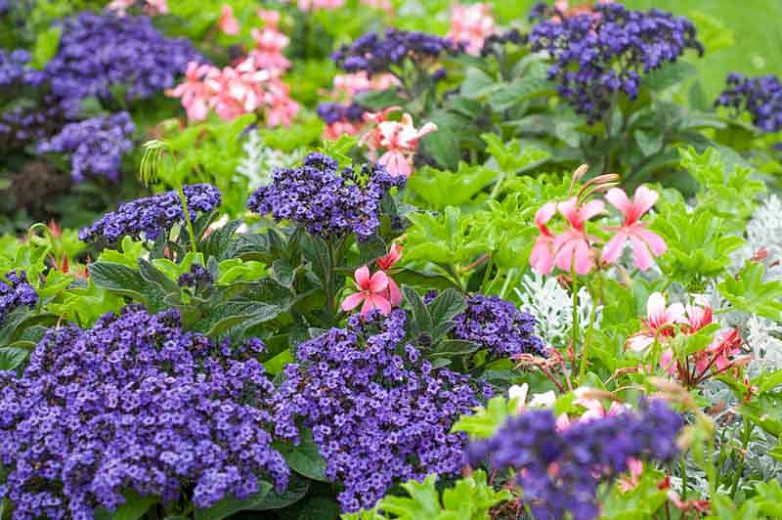
- Lobelia: This trailing plant is a good choice for filling in the spaces around heliotrope. It also attracts butterflies and hummingbirds.
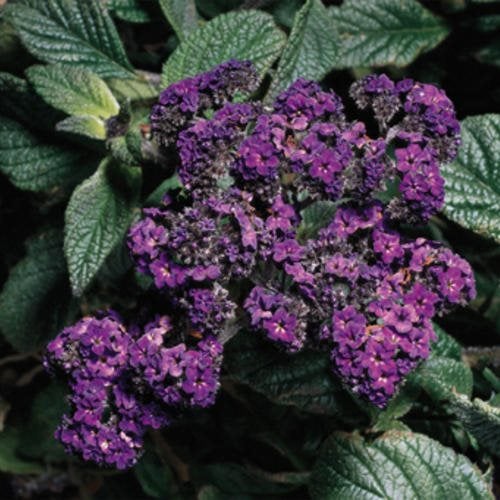
- Alyssum: This low-growing plant is a good choice for edging beds or borders. It blooms profusely in shades of white, pink, and purple.

Post a Comment for "The Best Heliotrope Companion Plants For A Fragrant And Colorful Garden"